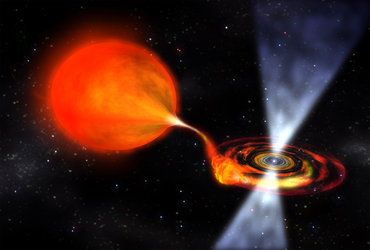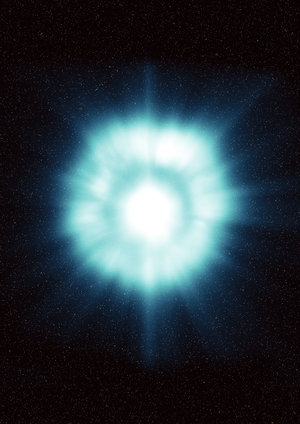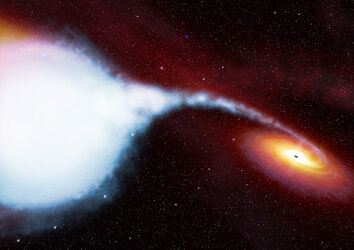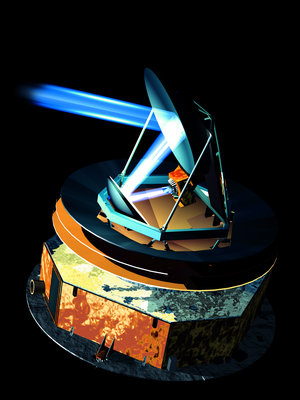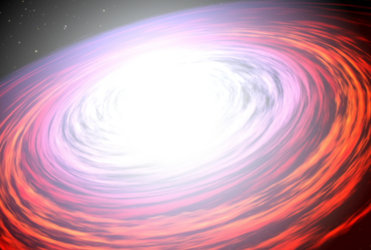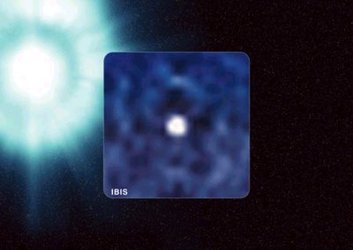Happy birthday, Integral!
One year ago, on 17 October 2002, ESA’s gamma-ray observatory Integral blasted off from Baikonur in Kazakhstan. Since then, it has dazzled astronomers with its discoveries.
Looping around the Earth every 72 hours, Integral has provided a new window for us to look into the violent, high-energy Universe. In its first year in space, it has already provided a wealth of high-quality observations and a number of both scientific and technological firsts.
Catastrophic events
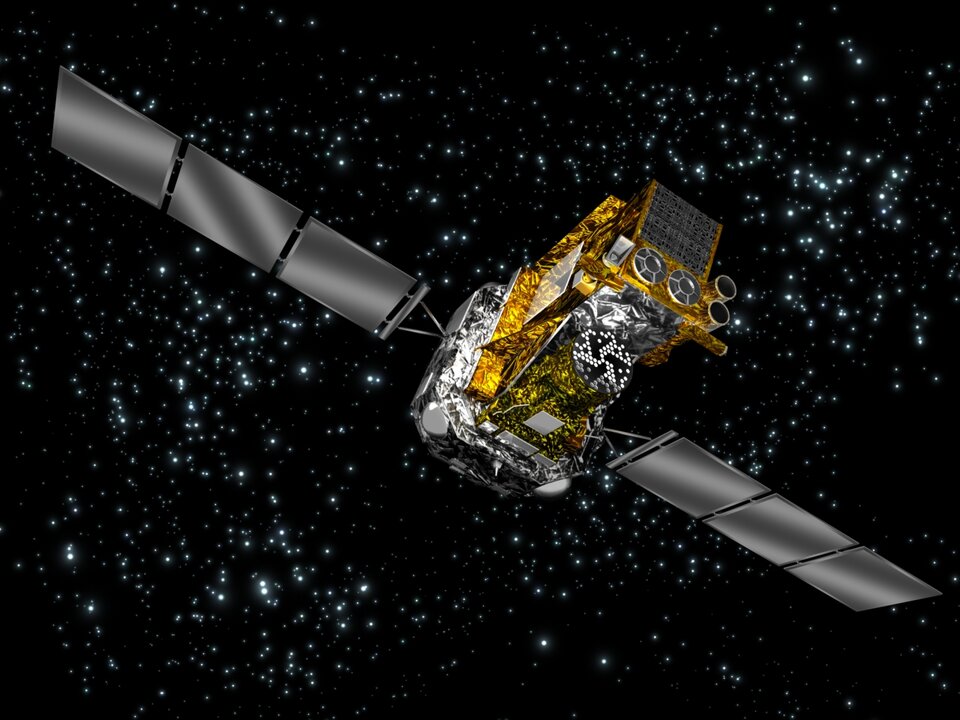
Gamma-ray bursts continue to fascinate both the public and the scientists. These catastrophic events occur about once a day, somewhere in the Universe. They appear from a random direction in the sky, making it impossible to predict when and where the next one will occur.
Every time emissions from a gamma-ray burst wash over Integral, the spacecraft detects them and helps to generate an alert that is sent to observers all over Earth. These observers then search for the fading ‘afterglow’ of the explosion, which persists for a much longer time than the initial gamma-ray burst.
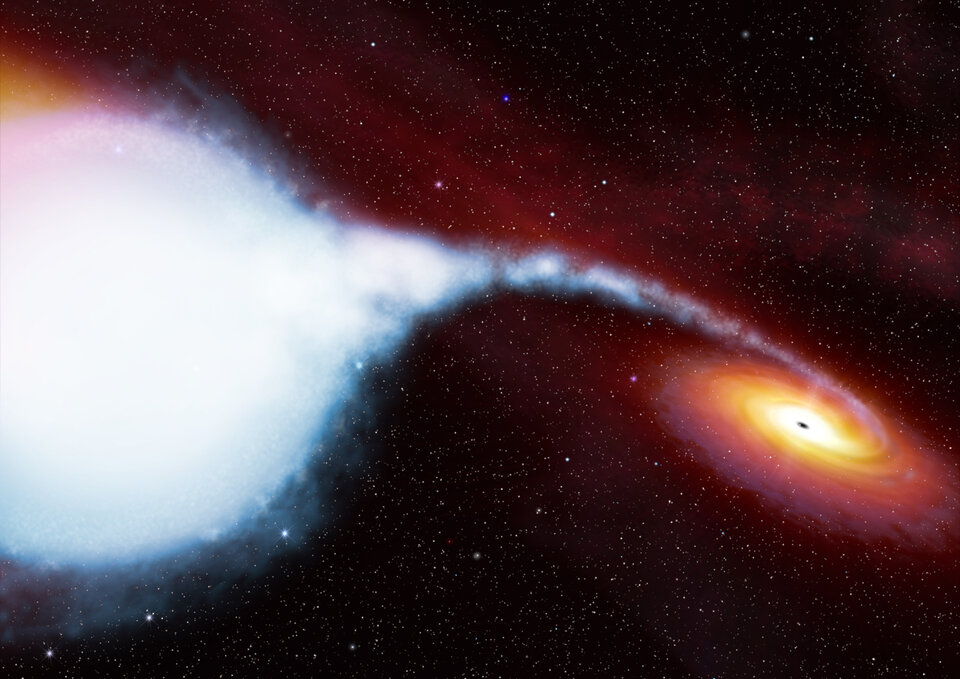
Because the actual explosion of gamma ray bursts lasts just a few seconds, our spacecraft can’t turn fast enough to see them.
However, on six lucky occasions so far, Integral was pointing in exactly the right direction when an explosion occurred.
This allowed Integral to help firmly establish the link between gamma-ray bursts and the self-destruction of massive stars in the distant Universe.
Discovering previously unknown objects
During a number of observations, Integral has also been working in close association with ESA’s X-ray observatory, XMM-Newton. Often, the two satellites have observed the same celestial object simultaneously, to gain a more complete record of the object’s behaviour at gamma ray and X-ray wavelengths.
Up to now, Integral has discovered 12 previously unknown sources of gamma radiation, some of which faintly radiate X-rays. This could place them in a class of their own. No one is sure what these objects are, but they may each be a ‘black hole’, buried within a ring of gas and dust coming from a companion star.





